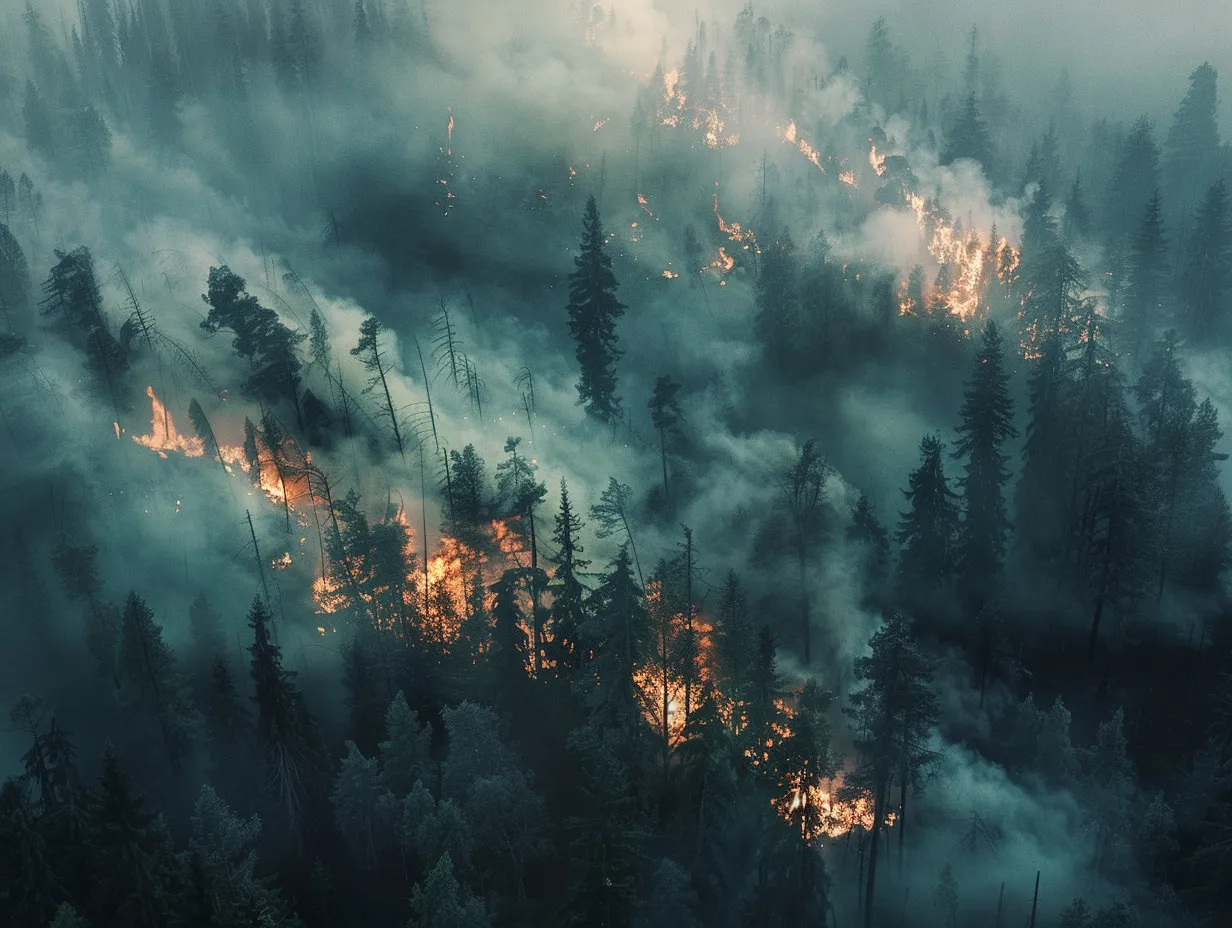Scientists at USC have developed an artificial intelligence (AI) model to predict the spread of wildfires. The AI model uses satellite data to forecast where a fire will move and how intense it will be in real-time. It can also provide information on the rate at which the fire is likely to grow, thus giving firefighters vital insights crucial for firefighting efforts.
Also read: Japanese supermarket chain uses AI to monitor staff smiles and speech
The model called cWGAN or conditional Wasserstein Generative Adversarial Network uses historical wildfire records to make accurate forecasts. It was tried on some of the latest California wildfires and proved highly effective, possibly changing wildfire management and response tactics.
Firefighters use AI to predict and combat the spread of wildfire
The cWGAN model, created by scientists at USC, utilizes historical data from satellite pictures to predict fire development instantly. The tool provides precise estimates of the trajectory of the fire spread rate and intensity. This allows firefighters and rescuers to make more reasonable choices when deciding where to put out the fires or who should be evacuated first.
The use of this AI model in recent California wildfires has already proved to be useful. With this, firefighters and emergency teams can predict where the fire will spread more accurately, thus enabling them to confine it within smaller boundaries and safeguard areas inhabited by people. The precision of this system also assists in allocating resources better so that they are concentrated on important zones that might need immediate attention.
The cWGAN model uses an advanced algorithm to rapidly process massive amounts of data. It makes predictions about the behavior of a fire soon by comparing current satellite images with historical wildfire records. This enables a response that can change with changing conditions on the ground, which is beyond the capability of fixed models.
Also read: AI-powered vending machines deployed for alcohol sales
Among the principal advantages of an AI model is its ability to improve evacuation plans. Authorities can give more precise and punctual orders for people to leave dangerous areas by forecasting where the fire will go. This is crucial in overcrowded places or those with few ways out.
The AI model is also capable of supporting long-term strategies for managing wildfires apart from helping in the immediate effort to put them out. By going through records over time, it can recognize regions that are more likely to experience fires later. This is crucial because it guides decisions on where controlled burns should be conducted, which areas need vegetation cleared and other preventive measures against catastrophic fires.





